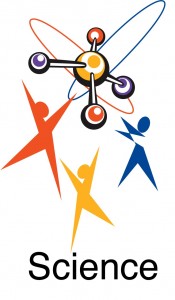January 27th, 2010 by Frank LaBanca, Ed.D.
I recently read a post on Wes Fryer’s
blog stating:
The Kennedy Center Teaching Artists define arts integration as:
an APPROACH to TEACHING in which students construct and demonstrate UNDERSTANDING through an ART FORM. Students engage in a CREATIVE PROCESS which CONNECTS an art form and another subject area and meets EVOLVING OBJECTIVES in both.
We should review this statement carefully, because I really think it integrates concepts of 21st-century learning very well. It also seems so relevant to science education as well. Too often, I think students think they learn science, but infer that “they’ll never use this in real life,” unless they become an engineer or scientist. What I try to stress with students is that the skills we teach in science are what is critical. The content is the medium to advance those skills. I want students to be self-directed, motivated, critical thinkers who are capable of problem finding and solving. The Kennedy Center definition also implies constructivist learning theory in their definition.

from: http://www.ade.state.az.us/
To that end, and as a springboard point for me, I am going to modify this definition for science education integration. What amazes me, is that it really doesn’t change very much from the art definition:
An APPROACH to TEACHING in which students construct and demonstrate UNDERSTANDING through INQUIRY-BASED QUESTIONS AND INVESTIGATION. Students engage in CREATIVE AND LOGICAL/ANALYTICAL PROCESSES which CONNECTS SCIENCE and another subject or skill domain and meets EVOLVING OBJECTIVES in both.